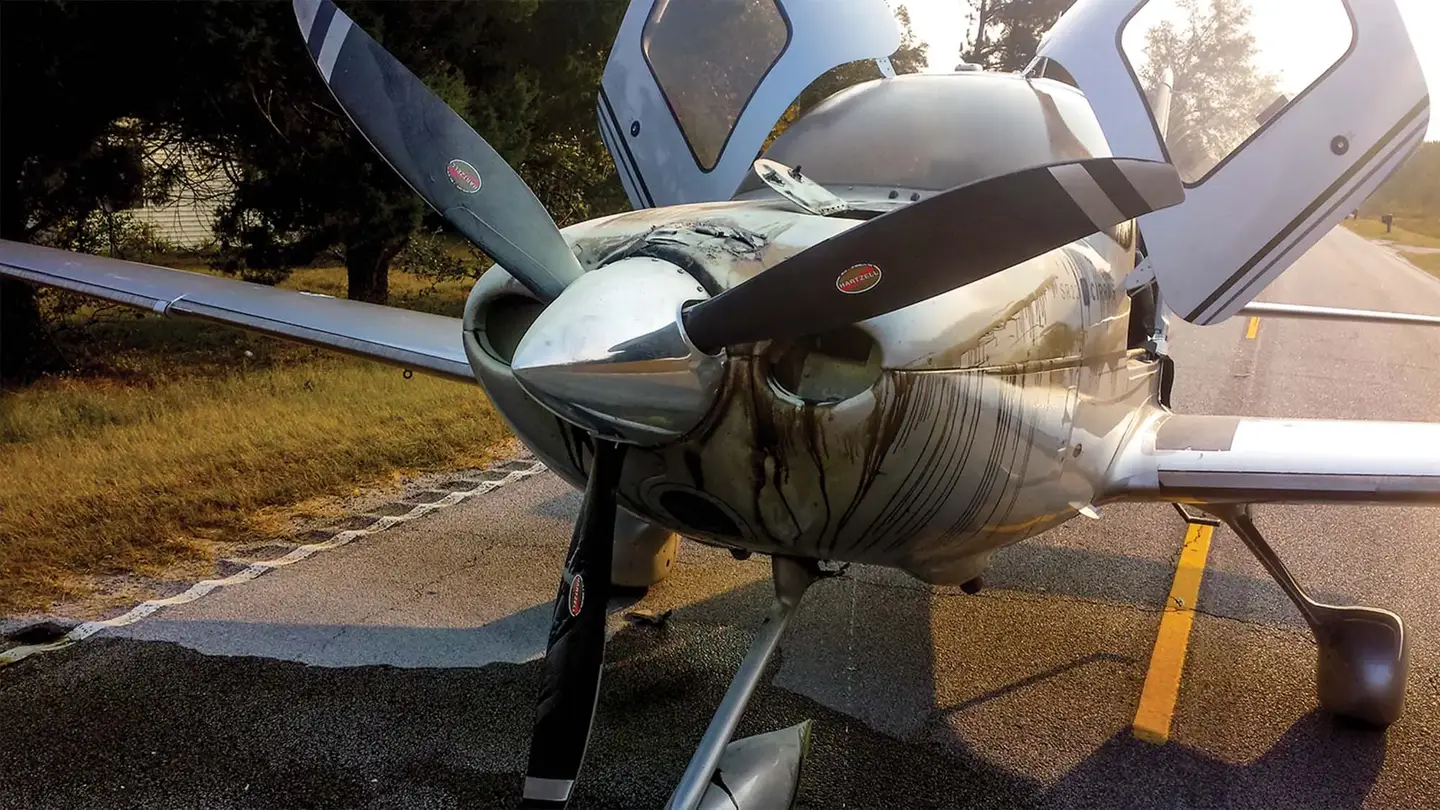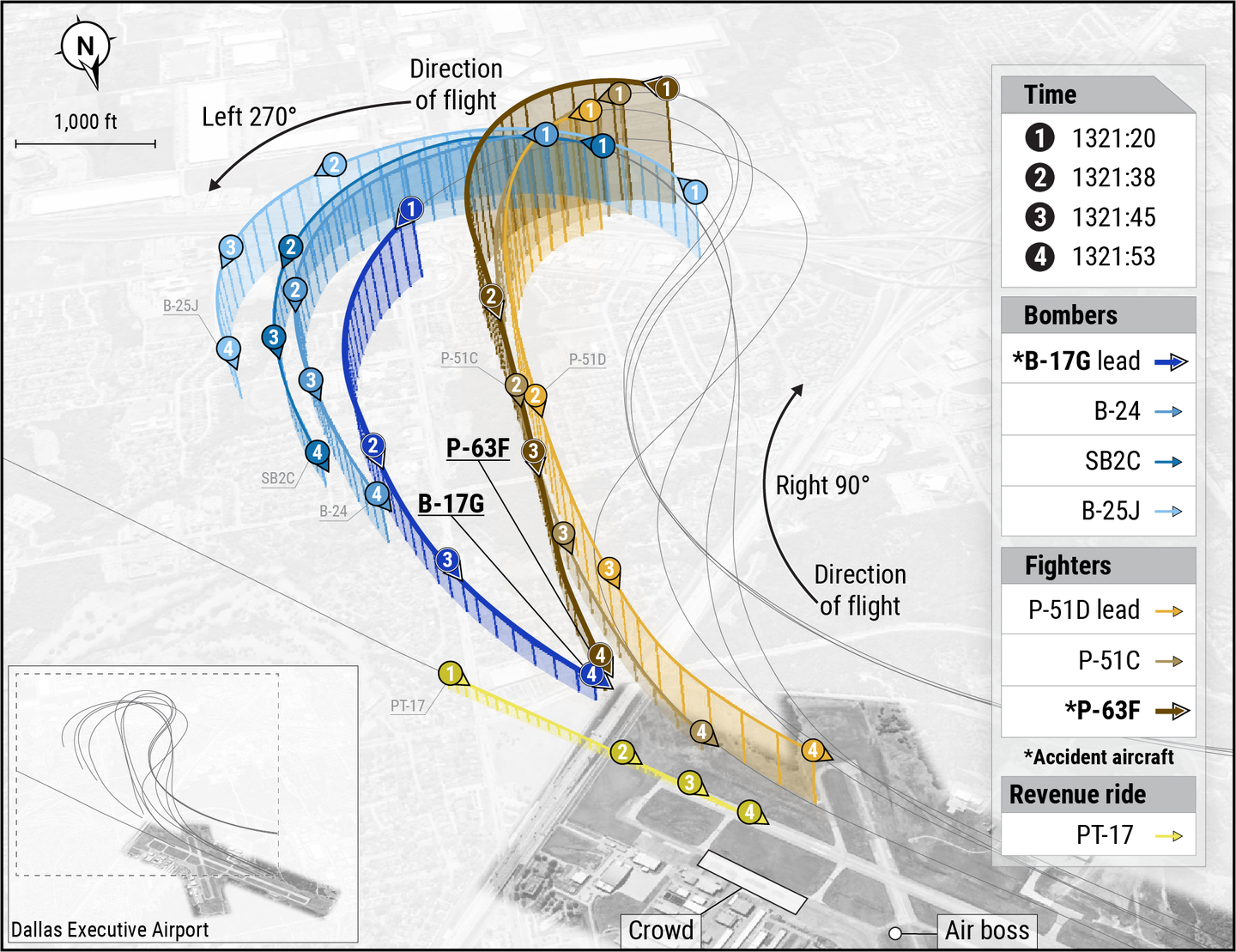General Aviation Accident Bulletin
AVweb’s General Aviation Accident Bulletin is taken from the pages of our sister publication, Aviation Safety magazine. All the reports listed here are preliminary and include only initial factual findings…

Aviation Safety Accident Bulletin
AVweb's General Aviation Accident Bulletin is taken from the pages of our sister publication, Aviation Safety magazine. All the reports listed here are preliminary and include only initial factual findings about crashes. You can learn more about the final probable cause on the NTSB's website at www.ntsb.gov. Final reports appear about a year after the accident, although some take longer. Find out more about Aviation Safety at www.aviationsafetymagazine.com.
May 3, 2020, Athens, Ga.
Mooney M20K 231
While on approach to land, the pilot lowered the landing gear, and confirmed it was down and locked by observing the panel and floor indicators in the cockpit. However, during the subsequent landing roll, the left main landing gear collapsed. The airplane veered off the left side of the runway into a ditch. Examination revealed that the left wingtip spar was buckled, and the torque tubing associated with the left main landing gear was bent and/or broken. A logbook review did not reveal any recent related maintenance and, due to the damage, a gear retraction test or rigging check could not be performed.
May 6, 2020, Gonzales, Texas
Cessna T240 TTx
At about 1650 Central time, the airplane was substantially damaged in a runway excursion during a botched go-around attempt. The private pilot and passenger were not injured. Visual conditions prevailed.
The airspeed on final approach was about 130 knots, so the pilot extended the speed brakes to reduce the speed. The airplane touched down approximately one-third of the way down the runway at about 100 knots. The pilot stated he did not believe the airplane would be able to stop on the remaining runway and decided to execute a go-around. He added full engine power and left the flaps at the takeoff (12-degree) position. He did not recall retracting the speed brakes and noted the airplane seemed to get “no lift.” The airplane subsequently departed the pavement and came to rest about 200 yards beyond the end of the runway in a field, with a damaged right wing and engine mount.
Examination revealed the cockpit speed brake switch was in the UP position. The manufacturer’s balked landing (go-around) checklist includes retracting the speed brakes. According to the manufacturer, the speed brakes will not retract automatically when pressing the go-around button or with throttle lever advancement. The pilot commented that the go-around could have been initiated earlier.
May 7, 2020, Fort Worth, Texas
Cessna T210L Turbo Centurion
The airplane was destroyed when it impacted terrain after an apparent engine failure for unknown reasons. The solo pilot was fatally injured; visual conditions prevailed.
After a complete trip around the pattern, the airplane made a full-stop landing and taxied back for another takeoff. Shortly thereafter, the radioed he was “going down.” A witness heard a “loud strong engine sound” before power was reduced “suddenly and drastically to a low idle.” He saw the airplane “level for a few seconds,” then saw it descend slowly toward the ground. The wings banked slightly one way, then the other. “The airplane continued flying straight while descending and the wings began to rock slightly. About 10 to 20 feet above the tree line, it appeared the plane’s rate of descent accelerated into the trees.”
A post-crash fire erupted. Subsequent examination of the relatively undamaged right wing revealed an empty fuel tank.
May 8, 2020, San Antonio, Texas
Beech 1900C
At about 2050 Central time, the airplane sustained substantial damage when its left main landing gear failed. The solo airline transport pilot was uninjured. Night visual conditions prevailed for the Part 135 cargo flight.
During initial climb, the captain unsuccessfully attempted to retract the landing gear. After recycling the gear with the same result, the captain elected to leave the landing gear extended and continued to the planned destination, where more services would be available. He climbed to 8000 feet MSL and maintained a speed below the airplane’s maximum landing gear extended speed (VLE).
On arrival at the destination, the captain noted three green lights, indicating the landing gear was down, locked and safe for landing. As the airplane touched down on the runway, the left main landing gear collapsed, followed by gear-unsafe annunciations. The left wing tip contacted the runway and the airplane departed the pavement onto an adjacent grassy area where it came to rest. Examination revealed the left main landing gear drag brace had fractured.
This article originally appeared in the August 2020 issue of Aviation Safety magazine.
For more great content like this, subscribe to Aviation Safety!






